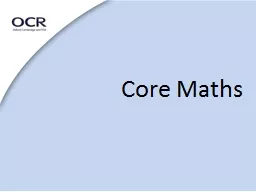PPT-Maths Exchange Project
Author : sherrill-nordquist | Published Date : 2017-12-06
Guangling Road Primary School Shanghai Over 1000 pupils Average class size of 40 Children mixed ability but narrow range of general abilities Strong basic mental
Presentation Embed Code
Download Presentation
Download Presentation The PPT/PDF document "Maths Exchange Project" is the property of its rightful owner. Permission is granted to download and print the materials on this website for personal, non-commercial use only, and to display it on your personal computer provided you do not modify the materials and that you retain all copyright notices contained in the materials. By downloading content from our website, you accept the terms of this agreement.
Maths Exchange Project: Transcript
Download Rules Of Document
"Maths Exchange Project"The content belongs to its owner. You may download and print it for personal use, without modification, and keep all copyright notices. By downloading, you agree to these terms.
Related Documents














